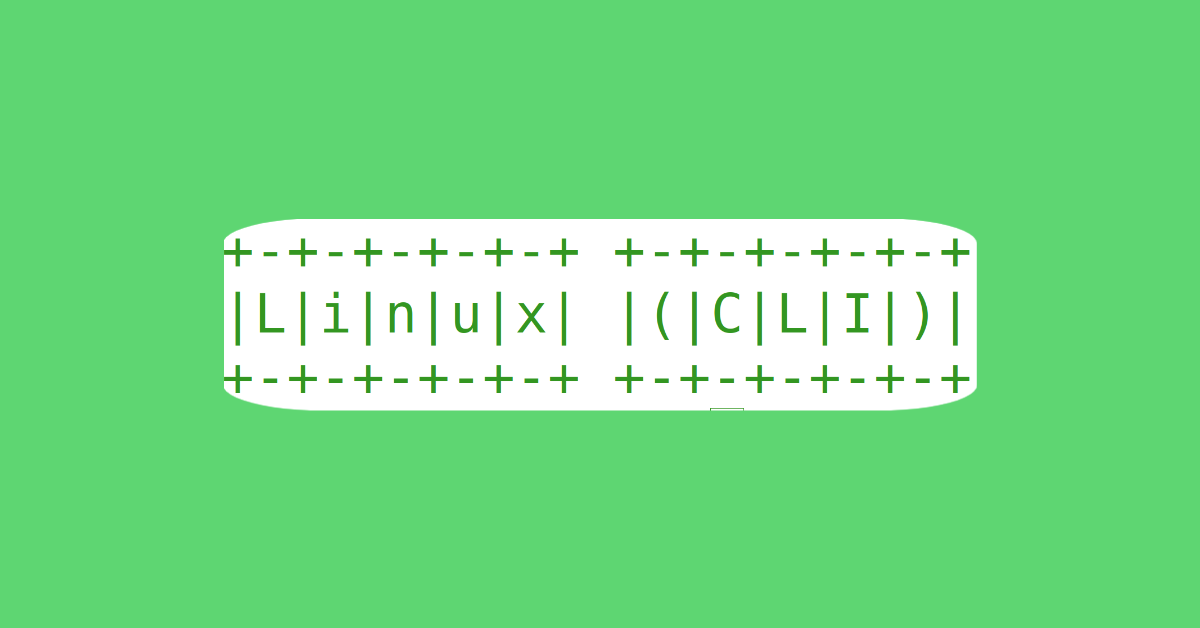An Introduction to Linux Command Line Interface (CLI)

The Linux command line interface, also known as the CLI, is a powerful tool for interacting with a Linux operating system. It allows users to perform a wide range of tasks, from managing files and directories to installing and removing software.
Command Line Structure
The Linux CLI is a text-based interface that allows users to enter commands by typing them into the terminal. Each command is made up of a command name, followed by one or more arguments, which provide additional information to the command. For example, the command “ls -l” lists the files in a directory in long format, while the command “cd /home” changes the current directory to the home directory.
Common Commands
There are a wide variety of commands available in the Linux CLI, but some of the most commonly used include:
- “ls”: Lists the files in a directory.
- “cd”: Changes the current directory.
- “mkdir”: Creates a new directory.
- “rm”: Removes a file or directory.
- “touch”: Creates a new file.
- “nano”: Opens a simple text editor.
- “apt-get”: Installs or removes software on Debian-based systems.
- “yum”: Installs or removes software on Red Hat-based systems.
Navigating the File System
The Linux file system is organized into a hierarchical structure, with the root directory (denoted by a forward slash “/”) at the top, and subdirectories branching off from there. To navigate the file system, use the “cd” command to change the current directory. For example, “cd /home” would change the current directory to the home directory, while “cd ..” would move up one level in the directory structure.
Managing Files and Directories
The Linux CLI provides a number of commands for managing files and directories. The “ls” command can be used to list the contents of a directory, while the “mkdir” command can be used to create a new directory. To remove a file or directory, use the “rm” command. To create a new file, use the “touch” command.
Installing and Removing Software
The Linux CLI provides a number of commands for installing and removing software. On Debian-based systems, the “apt-get” command can be used, while on Red Hat-based systems, the “yum” command can be used. These commands allow you to install or remove software, as well as update the system.
Conclusion
The Linux command line interface is a powerful tool for interacting with a Linux operating system. It allows users to perform a wide range of tasks, including managing files and directories, installing and removing software, and troubleshooting issues. While the CLI may seem intimidating at first, with a little practice and the right commands, it can become a valuable tool for any Linux user.





